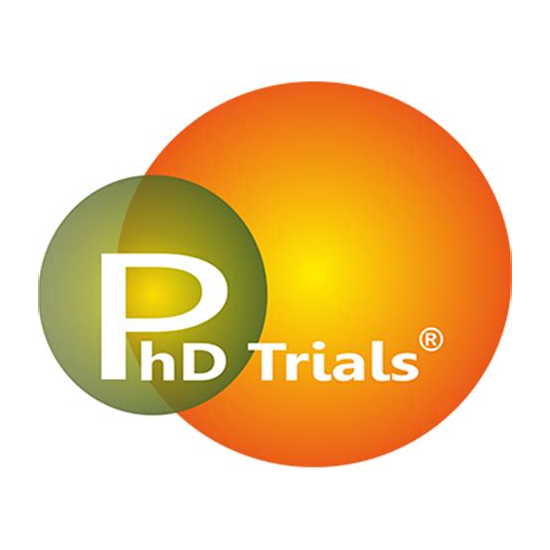Sensitive skin is one of the major aspects that affect people in nowadays. In the recent Cosmetotest symposium a presentation shows that 40% of the inquired subjects express to have sensitive skin. Therefore, this is a major concern to the producers of cosmetic products, or cosmetic ingredients as some specific cosmetic products can help to reduce the main aspects of this affection.
Sensitive skin can be characterized by 4 main areas:
1) a barrier impairment expressed as a thinner stratum corneum,
2) a higher reactivity, expressed as a response to stinging substances such as lactic acid or capsaicin ,
3) a change in the composition of the skin namely a different NMF composition, different water distribution in the skin layers and some filaggrin mutations and
4) a high vascular response expressed by a typical erythema or even a burning sensation due to the stimulation of some skin nociceptors.
At PhD Trials they developed a combined method that is able to evaluate the sensitive skin major aspects and express the result in a global value.
The method involves the observation and calculation of the skin barrier thickness by in vivo confocal microscopy. With this method we can calculate the Stratum corneum thickness and reconstruct in 3D the skin barrier, before and after the use of a product. The second targeting function is the detection of the main skin components of the skin like NMF, Ceramides, Fatty acids and the calculation of the water profile through the skin, using their new in vivo Raman spectroscope (gen2-SCA). With this method it’s possible to precisely detect each of the components and also to calculate precisely the stratum corneum thickness. Finally, by observing the Raman spectrums it is possible to detect filaggrin mutations which has been associated to some types of barrier impairment and therefore can be a specific marker
Targeting the skin microcirculation, they use specific challenge procedures such as the temperature response and the histamine challenge in order to calculate the neural, muscular and local mediators’ contribution to the vasodilation induced by those challenges. Techniques show different responses in normal vs sensitive skin subjects and can also be a marker for the vascular response in those cases. Finally, to guarantee the continuity with old data, their method evaluates the stinging response to lactic acid or capsaicin and the standard calculation of the skin hydration, using the Corneometer and the skin barrier function using the trans epidermal water loss (TEWL), in this case using the new Tewameter Hex system.
The contribution of each part of the aspects of the sensitive skin is calculated and a final global assessment is obtained.
Contact them to understand more how they can help your product to reduce the sensitive skin aspects.
*publirédactionnel
CONTACT
Phone number: +351 216034267






